Barley is a popular grain that is often used in healthy meals, such as soups, salads, and casseroles. However, when you find yourself in the kitchen at a loss for the barley your recipe calls for, you’ll need to sub out what you need if you don’t have barley on hand. In this article, I’ll help you identify the best substitute for barley based on what you’re cooking.
There can be many different barley substitutes you can use. However, depending on what you’re dish you’re making, one grain alternative might be better than another. I’ll help you identify the best substitute for soups, salads, baked goods, breakfasts, and more.
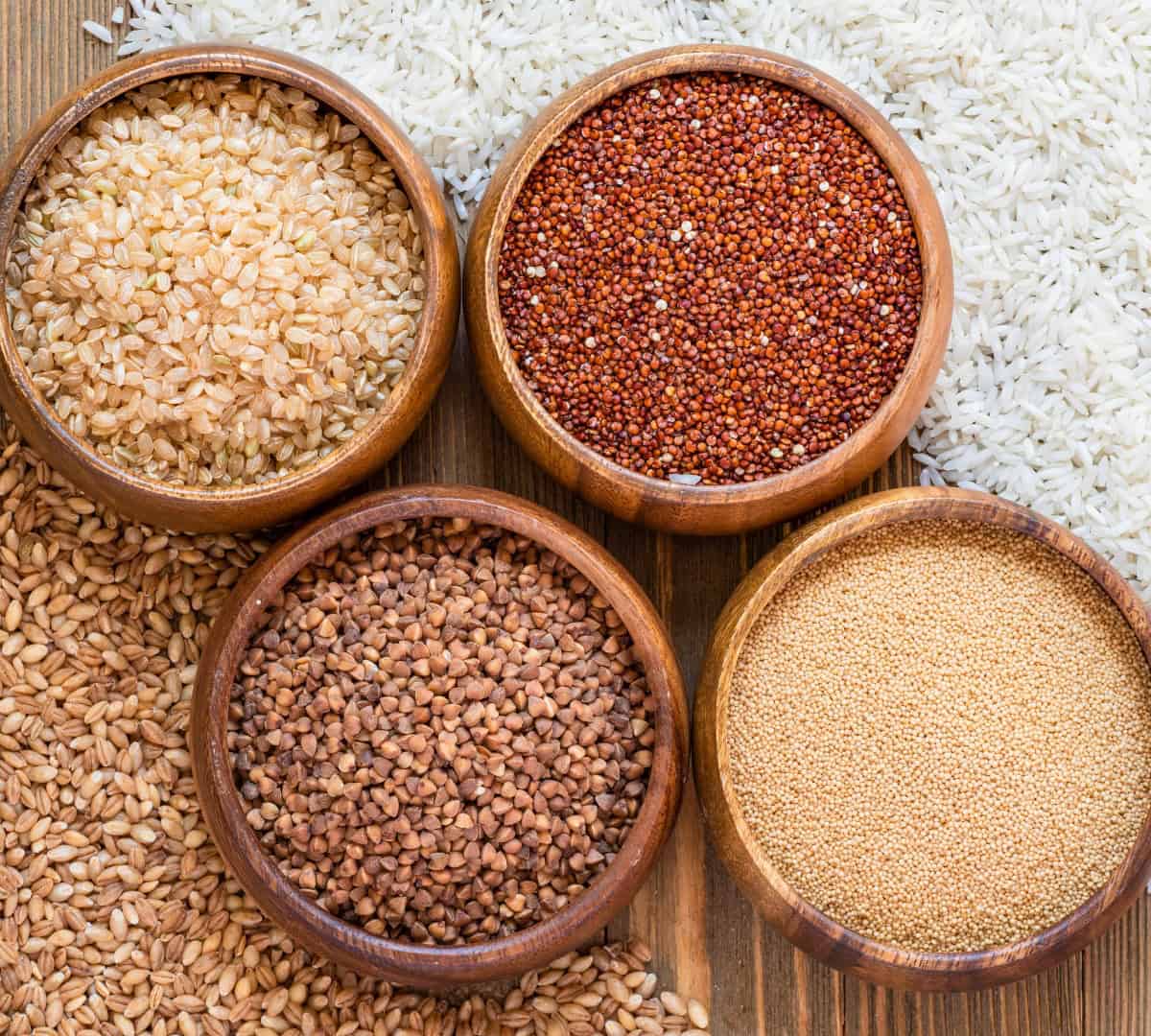
Jump to:
- What is Barley?
- Health Benefits of Barley
- The Best Substitute for Barley Overall
- Main Types of Barley
- The Best Substitute for Pearled Barley
- The Best Substitute for Hulled Barley
- The Best Substitute for Barley Grits
- The Best Substitute for Barley Flakes
- The Best Substitute for Quick Pearl Barley
- Other Substitutes for Barley
- Substitute for Barley in Soup
- Substitute for Barley in Stew
- Substitute for Barley in Vegetable Soup
- Gluten-Free Substitutes for Barley
- Low Carb Substitute for Barley
- Recipes Using Barley Substitutes
- Recipes Using Barley
- Frequently Asked Questions
- Barley Substitute Cooking Chart
- Check Out These Other Kitchen Guides
- Key Takeaways
- 💬 Comments
What is Barley?
Barley is a cereal grain and a member of the grass family (Poaceae). It has a chewy texture and a nutty flavor. Barley is known for its versatility, health benefits, and use in cooking well-balanced meals. Many home cooks use barley for soups, stews, salads, and casseroles.
Barley falls into the category of ancient grains, grains that have remained largely unchanged or unprocessed for thousands of years. It is one of the earliest cultivated grains and has been a staple crop for thousands of years. Today, it’s the fourth largest crop grown in the world, after rice, corn, and wheat.
There are several different varieties of barley, but the two most common types are:
Two-Row Barley: This type has two rows of seeds on the seed head, and it is typically used for malting, which is the process of germinating and drying the grain for use in brewing beer and making certain types of distilled spirits.
Six-Row Barley: This variety has six rows of seeds on the seed head and is often used for food products such as barley cereal and flour.
Health Benefits of Barley
Barley is a rich source of vitamins and minerals like manganese, selenium, and B vitamins. Its high fiber content supports digestive health and aids in weight loss by promoting satiety and reducing appetite.
Barley's ability to lower LDL cholesterol levels (or bad cholesterol) contributes to heart health, which can help reduce the risk of cardiovascular disease. Its low glycemic index makes it a good choice for blood sugar control, helping people who want to manage their blood sugar levels.
The antioxidants found in barley may help combat oxidative stress and inflammation, potentially reducing the risk of cancer. Incorporating barley into your diet can be a great way to maximize your daily nutritional value.
The Best Substitute for Barley Overall
The best barley substitute overall is farro. It has a similar chewy texture and mild, nutty flavor as barley.
It’s a perfect substitute for soups, stews, salads, and casseroles.
To cook one cup of farro, bring 3 cups of water to boil in a pot. Add a teaspoon of salt, throw in your farro, and stir to combine. Reduce the heat to a simmer and cook until the farro becomes tender and chewy. This usually takes 15-20 minutes for pearled farro, the most common type of farro.

Other types of farro such as semi-pearled farro can take 25-30 minutes, and whole farro can take 35-40 minutes. After it’s done cooking, drain the farro using a strainer, and use it in your favorite dishes.
Although there are many types of barley, and many types of barley substitutes, farro is a great overall substitute for most recipes.
Main Types of Barley
Hulled Barley
Hulled barley, also known as whole barley, is the least processed form of barley. It has only the inedible outer husk removed and retains its bran and germ layers. Hulled barley is the most nutritious form of barley, as it contains the full complement of nutrients and dietary fiber.
Hulless Barley
Hulless barley is a type of barley that naturally lacks the tough, inedible hull. This makes it easier to process and cook because it doesn't have the protective outer layer. It's often considered a more convenient and quicker cooking option than hulled barley.
Barley Grits
Barley grits are coarsely ground barley grains. They can be used in various dishes, such as porridge or as a side dish. Barley grits are somewhere between whole barley and more finely processed forms like barley flakes or pearl barley in terms of texture.
Barley Flakes
Barley flakes are made by flattening hulled or pearl barley into flakes. These flakes can be used in a manner similar to rolled oats and are often used to make breakfast cereals, porridge, and baked goods. They have a shorter cooking time compared to whole barley.
Pearl Barley
Pearl barley is a processed form of barley where the bran and some of the germ have been removed, giving it a pearly, translucent appearance. This processing reduces the cooking time and results in a softer texture. Pearl barley is one of the most commonly used in soups, stews, and pilafs, and can be easily found in the bulk section of your local grocery store.
Quick Pearl Barley
Quick pearl barley is a further processed version of pearl barley, which has been partially precooked to reduce the cooking time even more. It's convenient for quick meal preparation and is often used in dishes where a faster cooking time is desired.
The Best Substitute for Pearled Barley
Farro is a great substitute for pearl barley in dishes like soups, stews, and salads. Farro is available in whole, semi-pearled, and pearled varieties, with pearled farro being the most similar to pearled barley in terms of cooking time and texture.
In order to cook farro, bring 3 cups of water to boil with a dash of salt. Mix in your farro and vigorously simmer for 15-20 minutes, or until tender and chewy. Drain, and use in your favorite dishes.
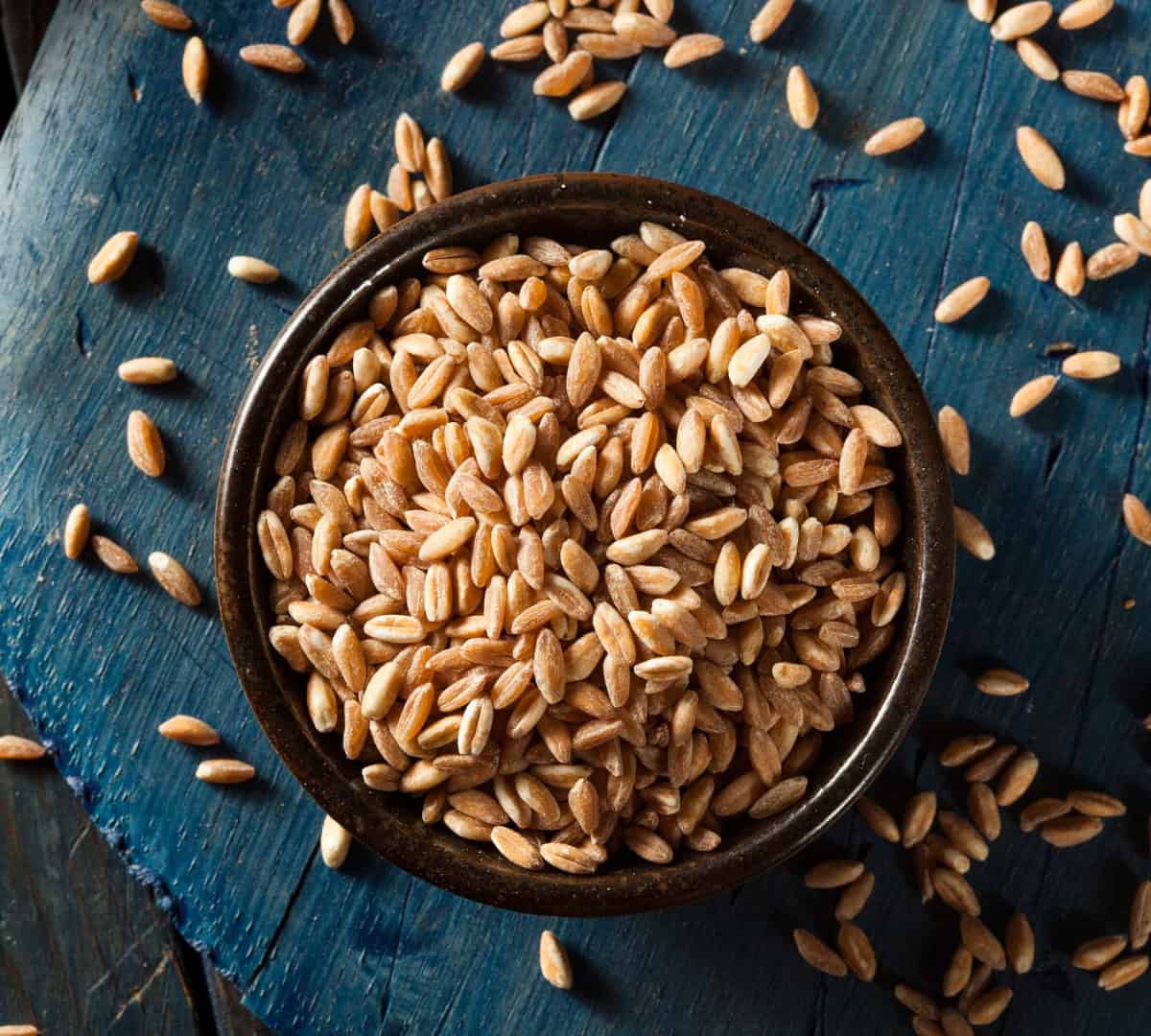
The Best Substitute for Hulled Barley
Farro is still a great substitute for hulled barley, too! It’s a great substitute for pilafs, grain bowls, and salads.
Just keep in mind that farro will take slightly longer to cook, so make sure to adjust your cooking time. Reference my barley substitute cooking chart below!
If you’re using a recipe that calls for hulled barley, but you don’t want to use farro or don’t have it on hand, other great substitutes include spelt, emmer, quinoa, and freekeh.
The Best Substitute for Barley Grits
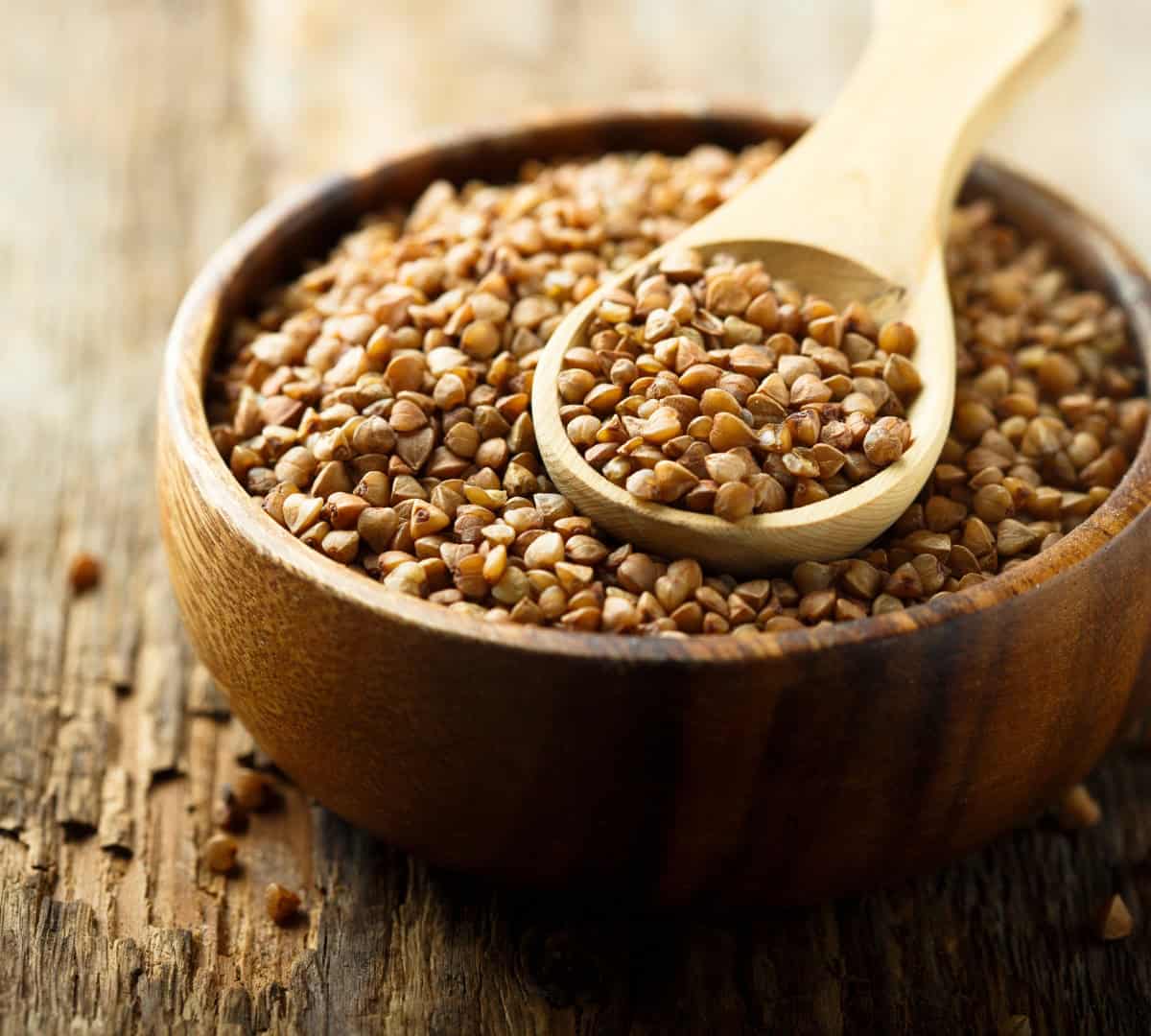
Overall, buckwheat is the best substitute for barley grits. Barley grits are milled kernels of barley. They are commonly used in breakfast recipes. Buckwheat makes a good substitute because it’s used in similar recipes as barley grits such as breakfast porridge, stews, and side dishes. Plus, the two ancient grains have a similar texture.
Buckwheat may take longer to cook by up to 10 more minutes.
Other good substitutes for barley grits are oatmeal and polenta grits, because of their creamier texture. At the end of the day, the best substitute will depend on the recipe you make.
The Best Substitute for Barley Flakes
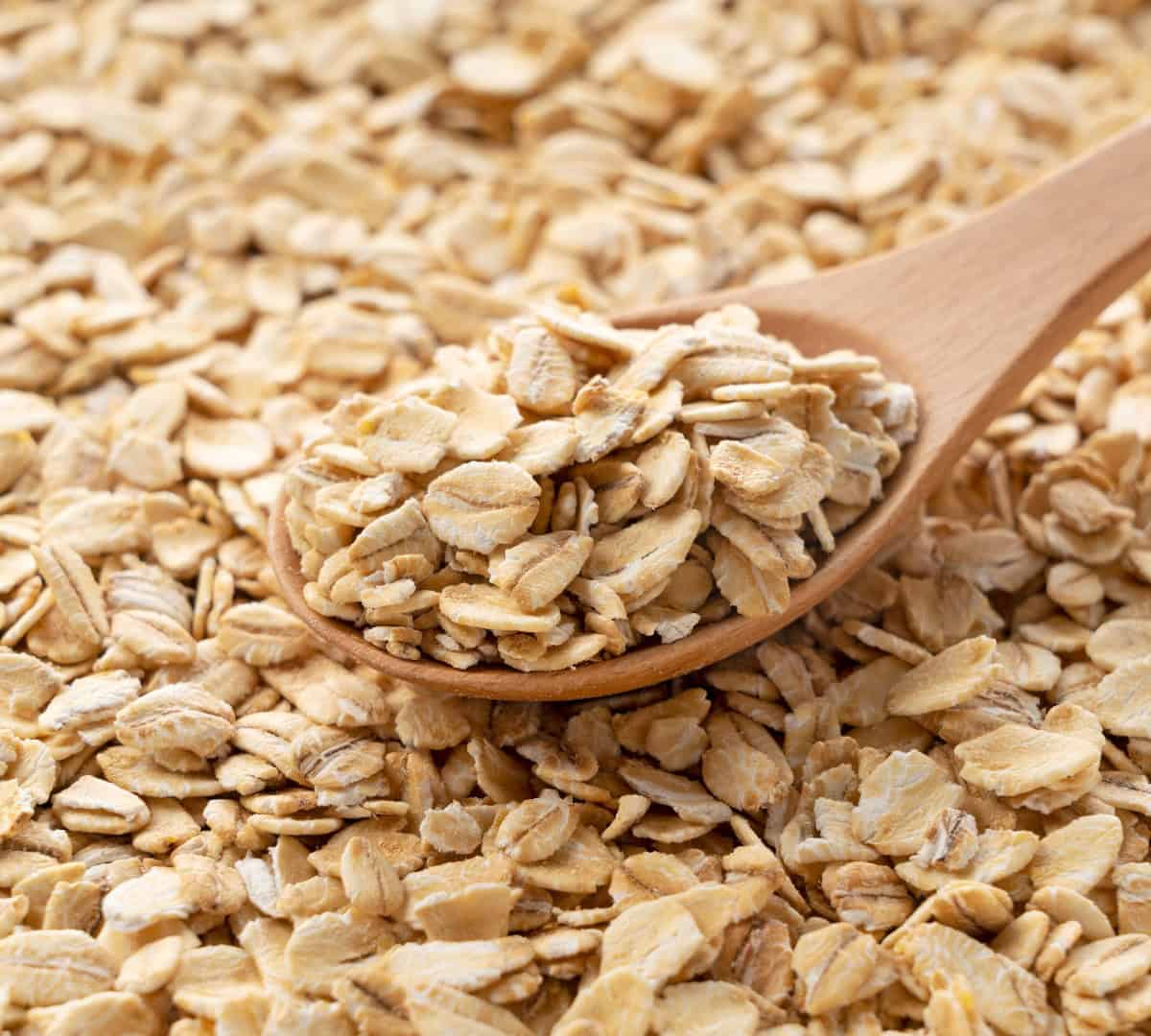
Old-fashioned oats are the best substitute for barley flakes. They have a similar texture and can be used in similar recipes, such as breakfast dishes, granolas, baked goods, and more.
Barley flakes and oatmeal both take roughly 5 minutes to cook. Oatmeal requires a 2:1 ratio of water to grain and barley flakes require a ratio of 3:1.
Other good substitutes for barley flakes are rolled rye flakes, rolled wheat flakes, rolled spelt flakes, quinoa flakes, and buckwheat flakes.
The Best Substitute for Quick Pearl Barley
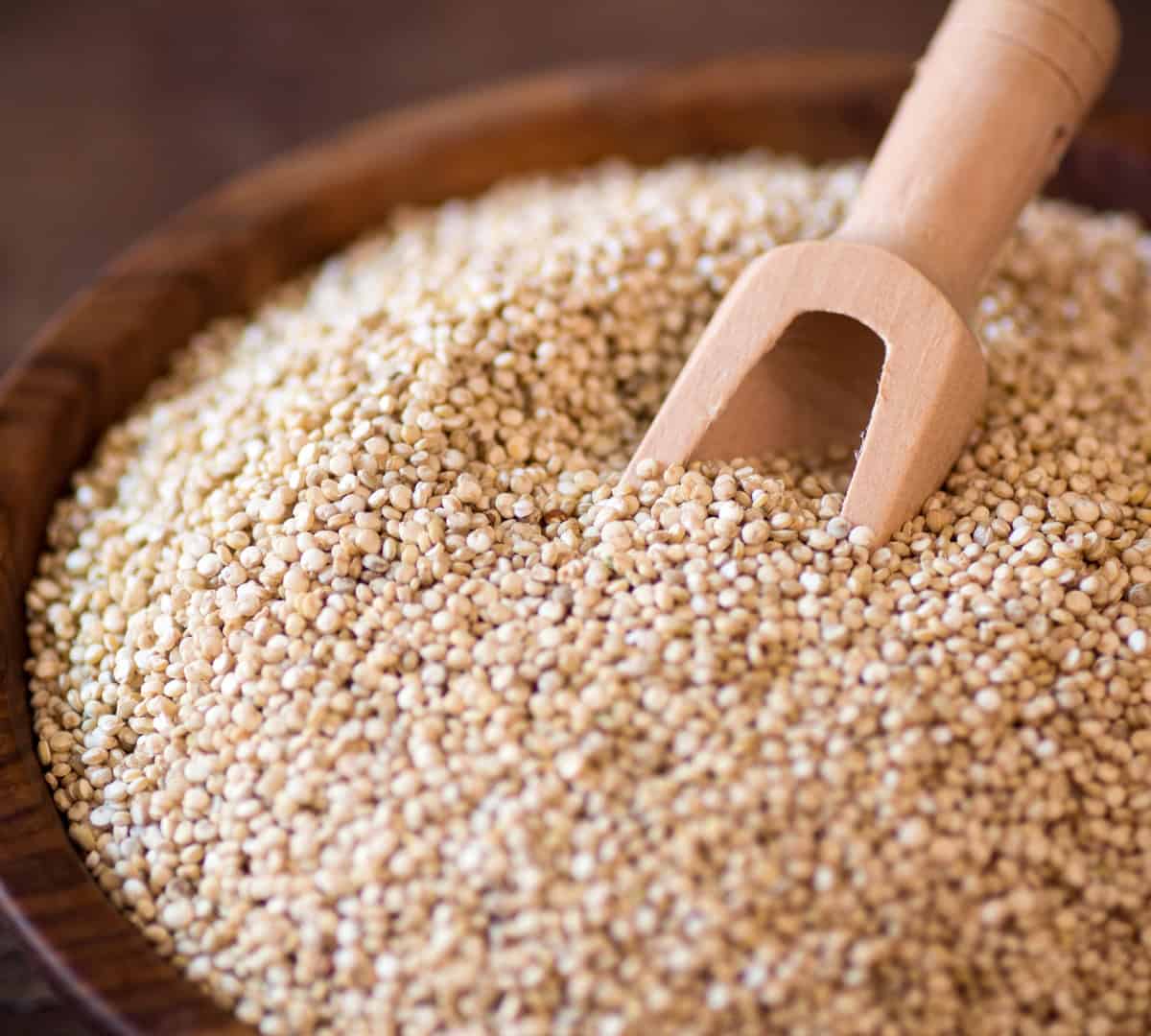
The best substitute for quick pearl barley is quinoa. Quick pearl barley is partially cooked and then dried. This reduces the cooking time to 10-15 minutes, versus 25-30 minutes. It can save you a lot of time in the kitchen.
Quinoa has a similar texture and is a versatile grain that can be used in a variety of dishes, including soups, stews, salads, and even breakfast dishes.
Other Substitutes for Barley
Bulgur
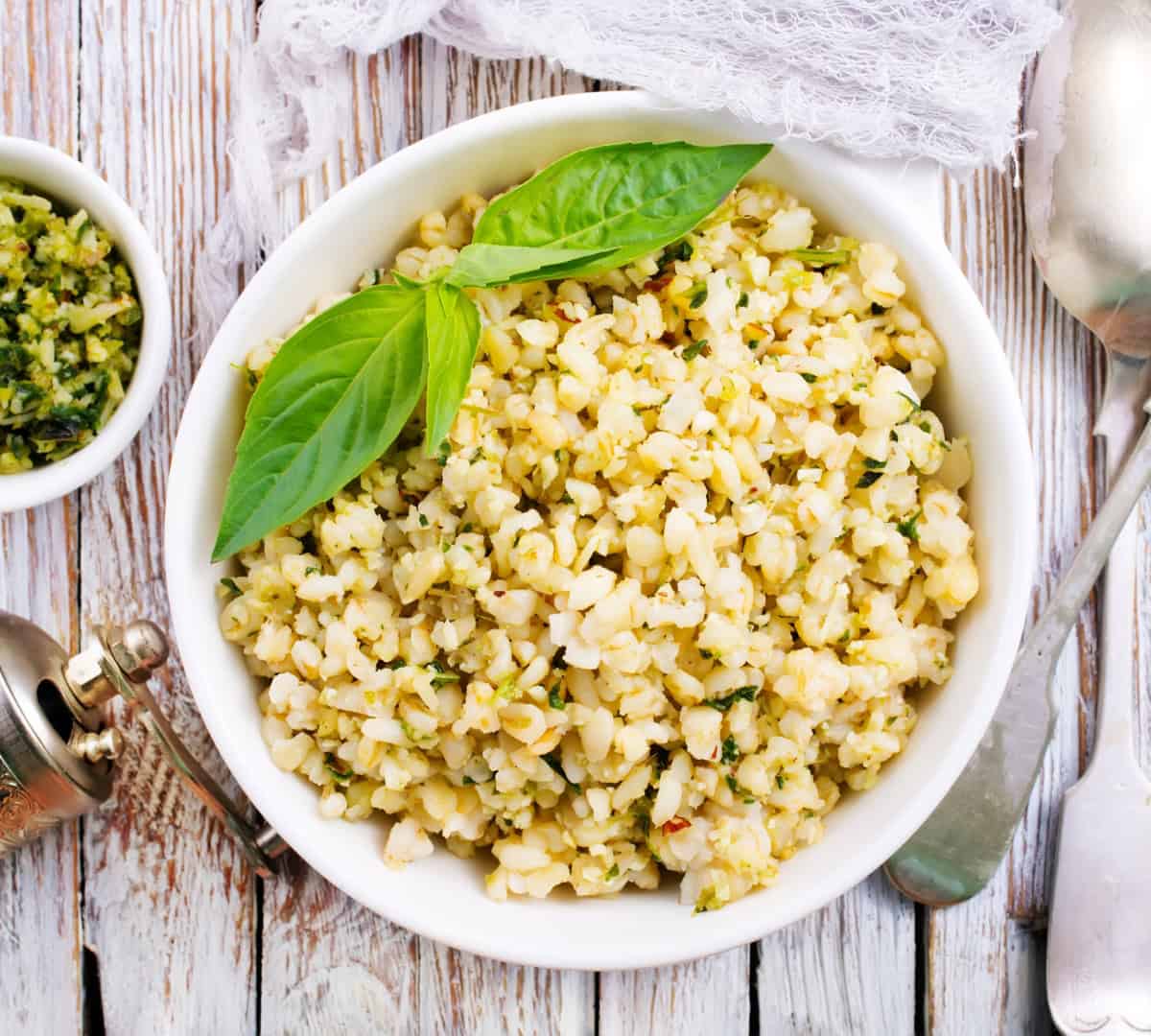
Bulgur is essentially cracked whole grains made from different varieties of wheat. It’s partially cooked, dried, and then packaged. A popularly used ancient grain in Middle Eastern and Mediterranean cuisines, it's the go-to grain for tabbouleh.
Bulgur has a chewy texture and a light and nutty flavor. Compared to barley, bulgur has the same chewy texture but a more intense flavor. Barley is milder in taste.
Bulgur is relatively quick to cook in comparison to barley and only takes 10-20 minutes. It’s great to use in pilafs, soups, grain salads, and more.
Wild Rice
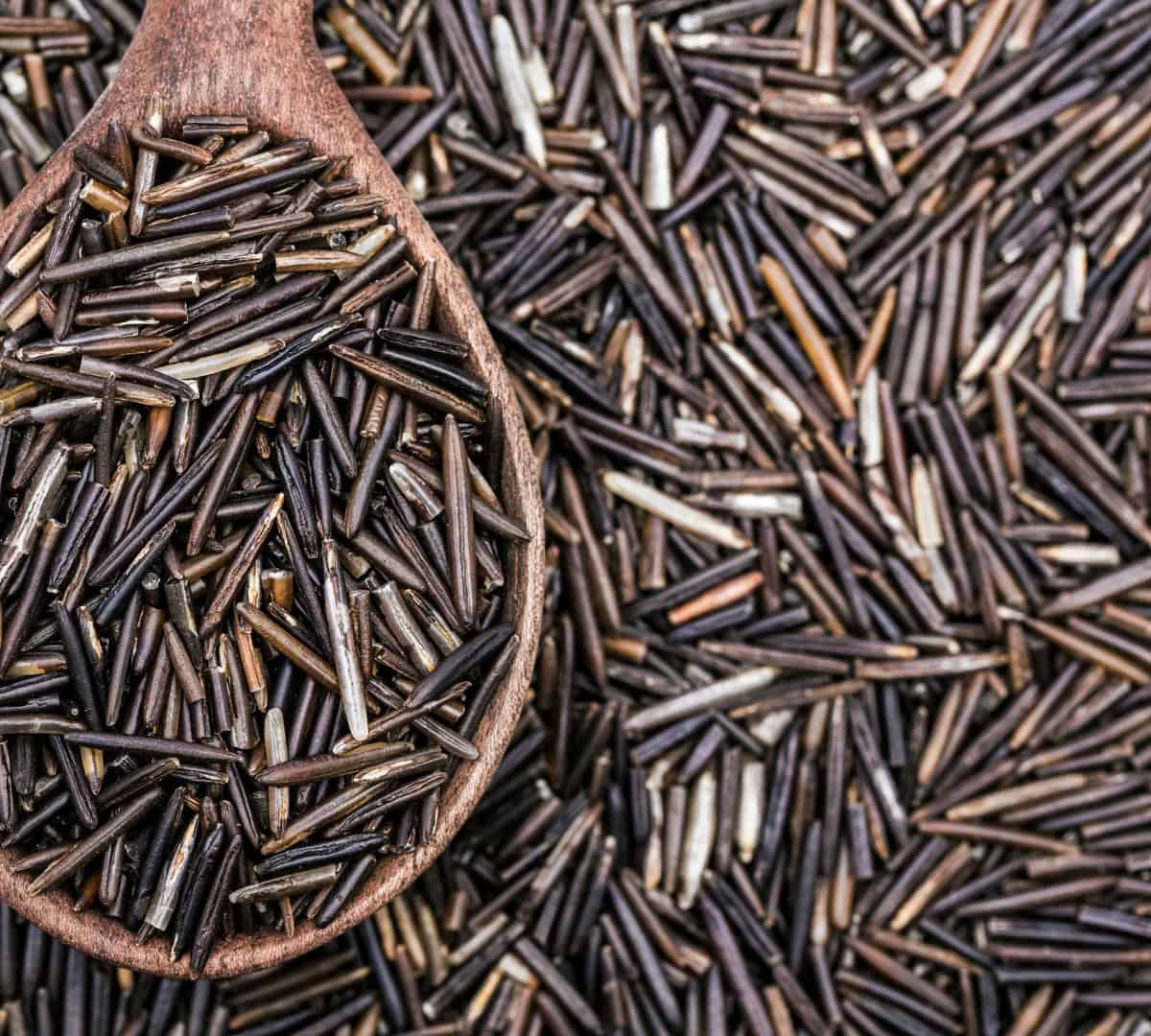
Wild rice is one of the few native grains still consumed in the American diet today. It’s an aquatic grass with an edible grain.
The long, black grains of wild rice give a chewy texture and a nutty flavor, similar in taste and texture to barley. Wild rice will take roughly 40-45 minutes to cook, slightly longer than barley. However, if you pre-soak it, you can reduce the cooking time to 20-30 minutes.
Wild rice is a great substitute for soups, stews, and stuffed vegetables and meats.
Brown Rice
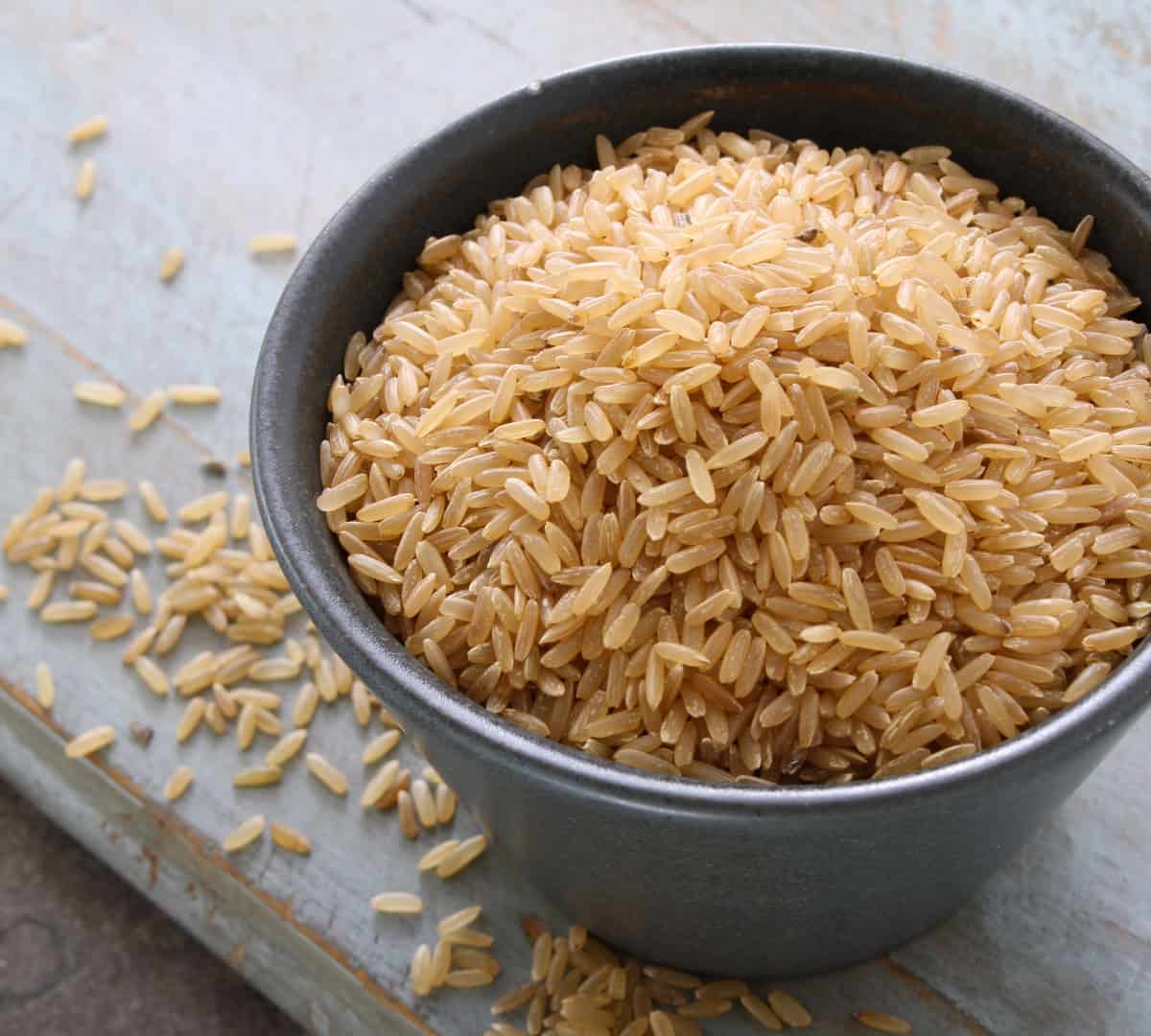
Brown rice makes a great substitute, because it’s easy to find in today’s grocery stores, and has the same nutty taste and chewy texture. There are multiple varieties of brown rice, including long-grain, short-grain, basmati, and more. You can use any variety. However, the most popular substitutes are long-grain and short-grain brown rice.
Brown rice is also gluten-free, making it a good substitute for gluten-free diets.
Brown rice will take about 30-45 minutes to cook.
It’s a great substitute to use in salads, soups, stews, and pilafs.
Sorghum
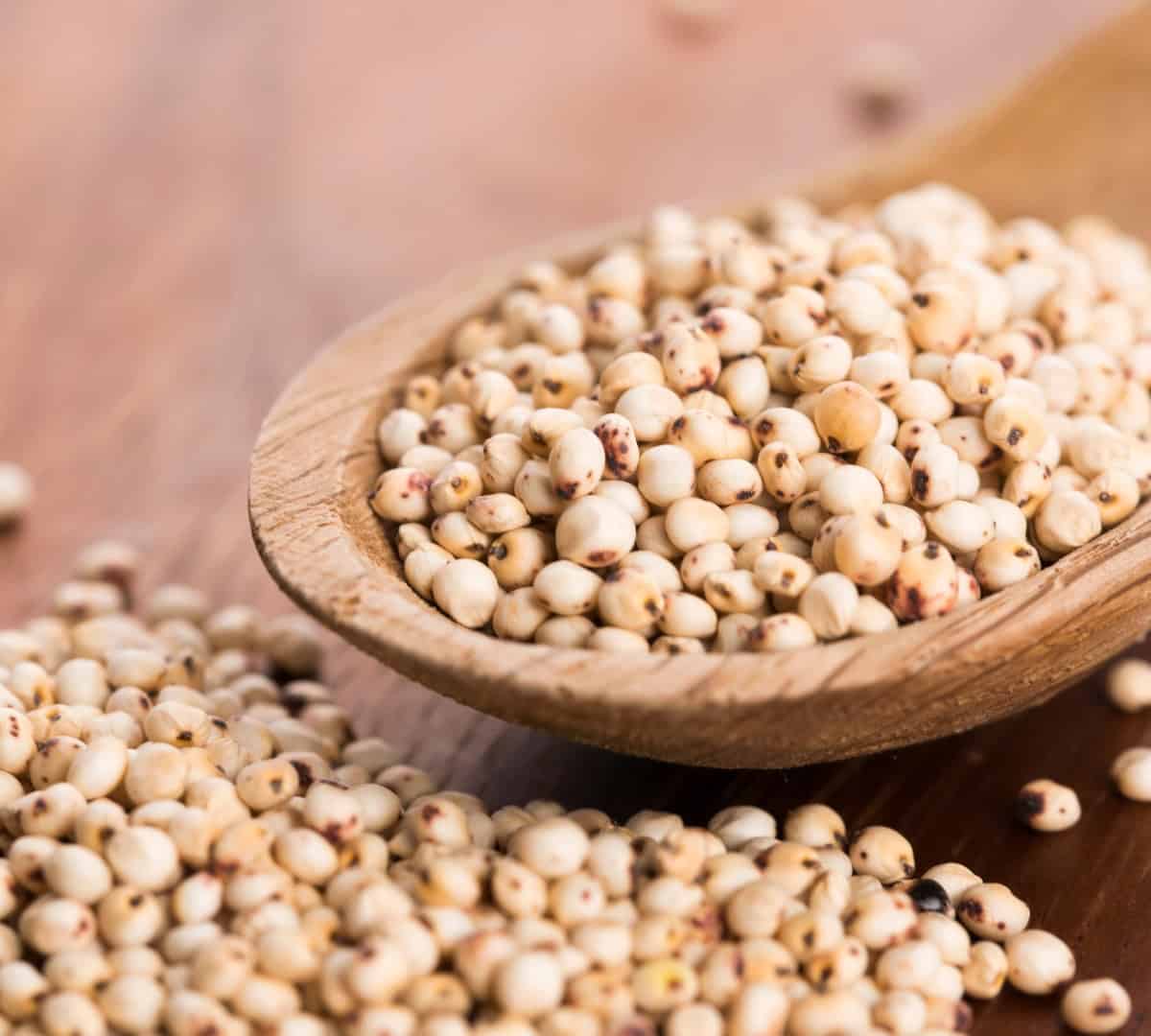
Sorghum is an ancient grain high in plant-based protein.
It takes 40-60 minutes to cook, almost double the time of barley. If you use sorghum as a substitute, just plan accordingly.
Sorghum makes for another great gluten-free barley substitute.
Millet
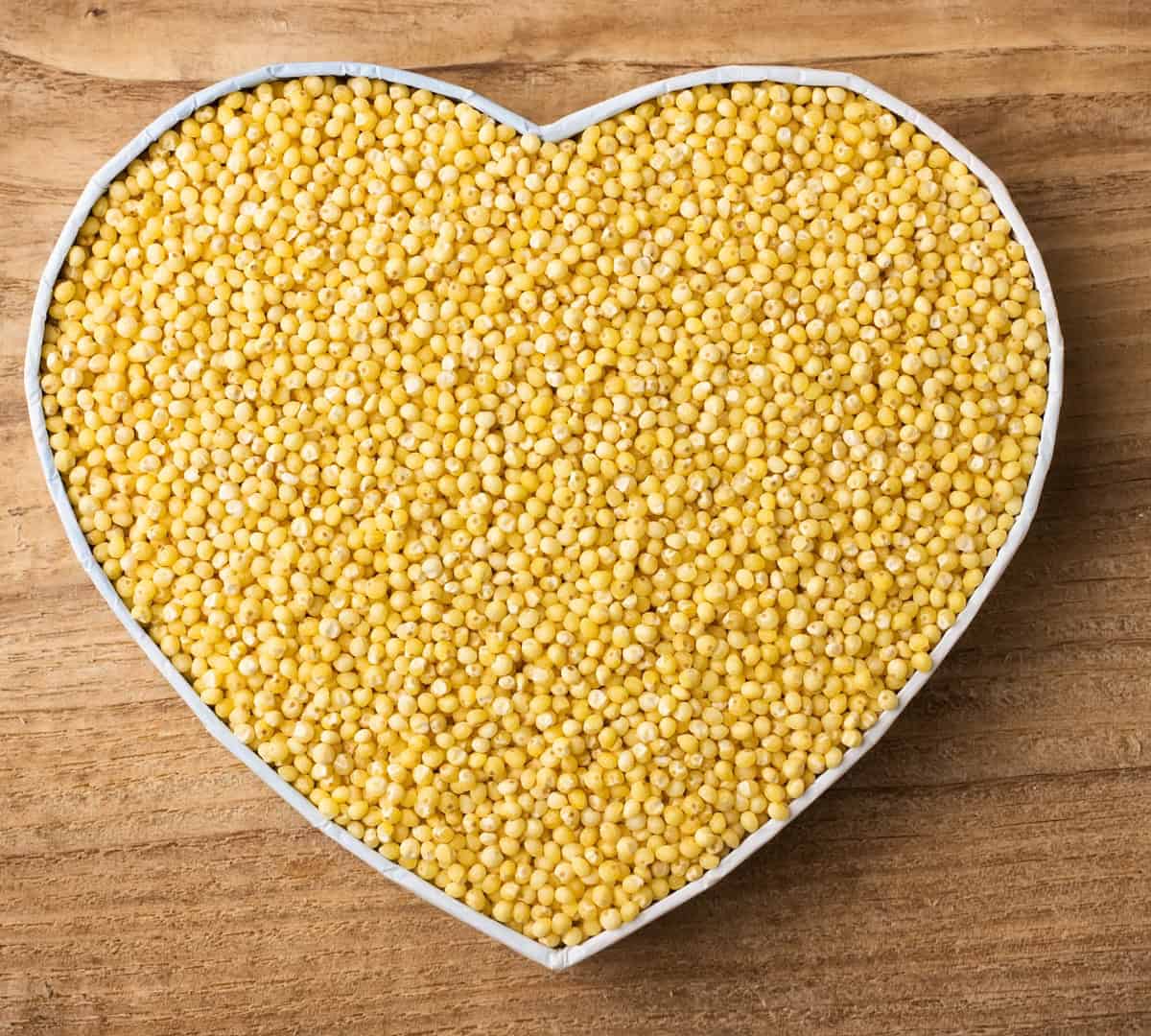
Millet is another ancient grain that is rich in plant-based protein, antioxidants, and fiber. Plus, it’s another gluten-free substitute, making it perfect for people with Celiac or gluten intolerance.
Millet is popular in Asian and African cuisines.
Millet takes 15-20 minutes to cook, which is slightly less time than barley. It’s great to substitute in sweet and savory porridge recipes, grain salads, casseroles, baked goods, and granolas.
Substitute for Barley in Soup
Farro is the best substitute for barley soups, as it offers a similar taste and texture. It does take slightly less time to cook, around 10-20 minutes, so just plan accordingly.
Oftentimes, you won’t notice much of a difference between the two grains when the soup is finished and served.
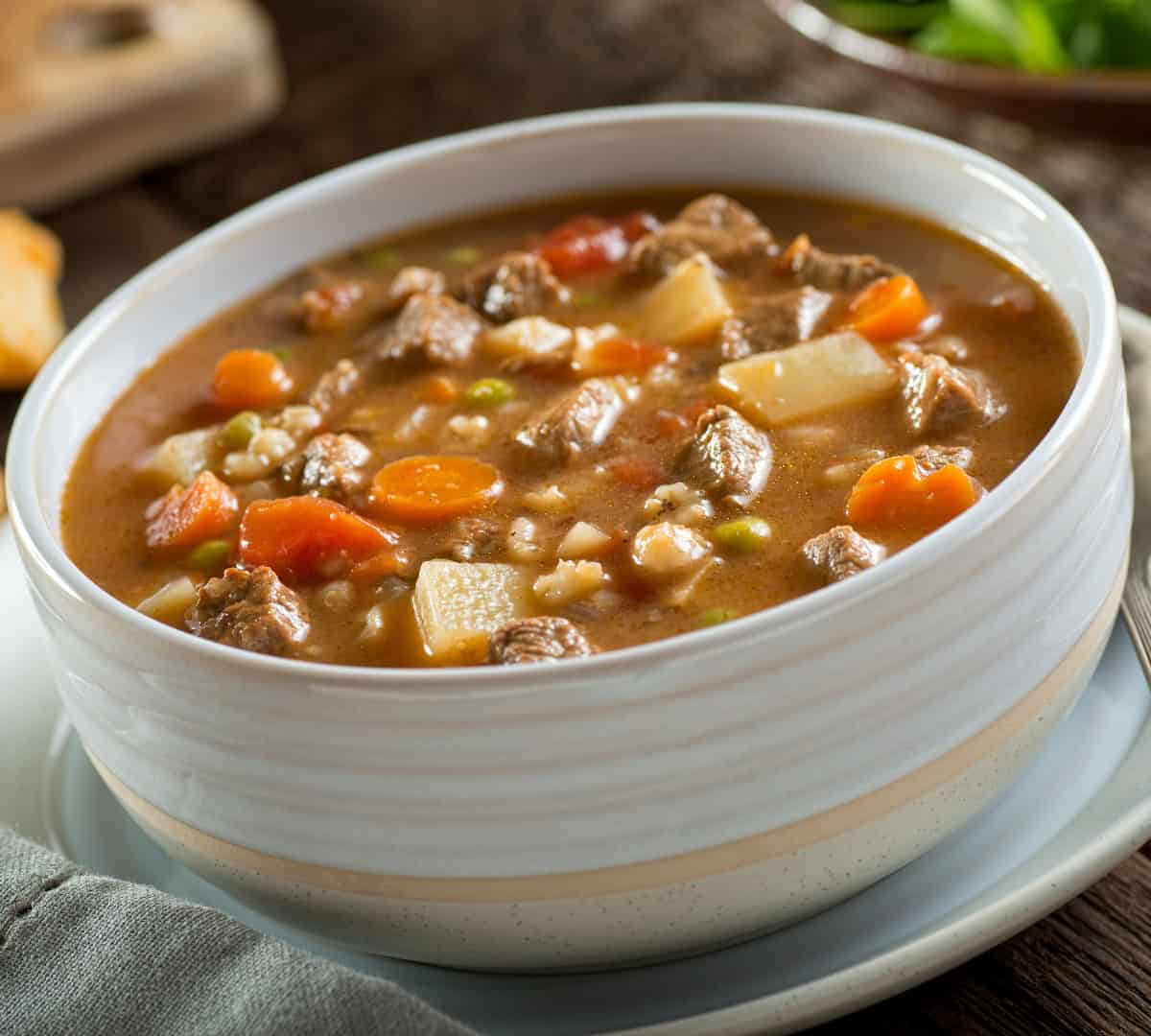
Substitute for Barley in Stew
Farro is the best substitute for stew as well. However, other grains you can use include Sorghum, buckwheat, brown rice, or wild rice.
Farro will have the same chewy texture as barley, making it a perfect pair with classic stew recipes.
Substitute for Barley in Vegetable Soup
Wild rice is the best substitute for vegetable soup. It has the same chewy texture as barley when cooked and will thicken the soup. Wild rice is a great alternative for any barley soup.
Other amazing substitutes that you can use in vegetable soup include brown rice, quinoa, and farro.
To make the best substitute for vegetable soup, I recommend buying a wild rice blend. You can usually buy it at any grocery store. Wild rice blend is a mixture of brown rice, wild rice, red rice, and black rice. This blend can not only add more nutrition but make your soup less intense, by better matching the texture to barley.

Gluten-Free Substitutes for Barley
Millet, brown rice, sorghum, quinoa, and buckwheat are all gluten-free! You don’t have to worry when purchasing this in stores.
Oats can also be gluten-free, but make sure you buy oats that are labeled “gluten-free”. Oats are naturally gluten-free, but because they are usually processed with wheat products in manufacturing plants, they can be exposed to cross-contamination, making it unsafe for people with gluten intolerances to consume.
Wild rice is similar. It’s naturally gluten-free, but most wild rice blends will have gluten-containing ingredients added to it. So, just make sure to check the label and ingredients list.
Low Carb Substitute for Barley
Grain substitutes are not generally low or no-carb. However, out of this list, there are lower carb grains than others, which I think is worth noting. Grains high in fiber tend to have less carbs that are absorbed by the body, a.k.a. net carbs, because it’s offset by the fiber content.
Oats are one low-carb option. For every 1 cup, it has roughly 21 grams of net carbs and 8 grams of dietary fiber.
Quinoa is another great low-carb grain, coming in at 34 grams of net carbs for every 1 cup serving. Plus, it’s higher in plant-based protein than most grains, making it another great option to supplement high-protein or vegan diets.
Lastly, Bulgur comes in at 25 grams of net carbs. It’s one of the lowest-carb grains available.
Recipes Using Barley Substitutes
- Healthy Quinoa Greek Salad with Simple Lemon Vinaigrette
- Classic Tabbouleh
- Farro Salad with Roasted Vegetables
- Turkey Quinoa Soup
- Simple Farro Salad with Lemon and Cucumber
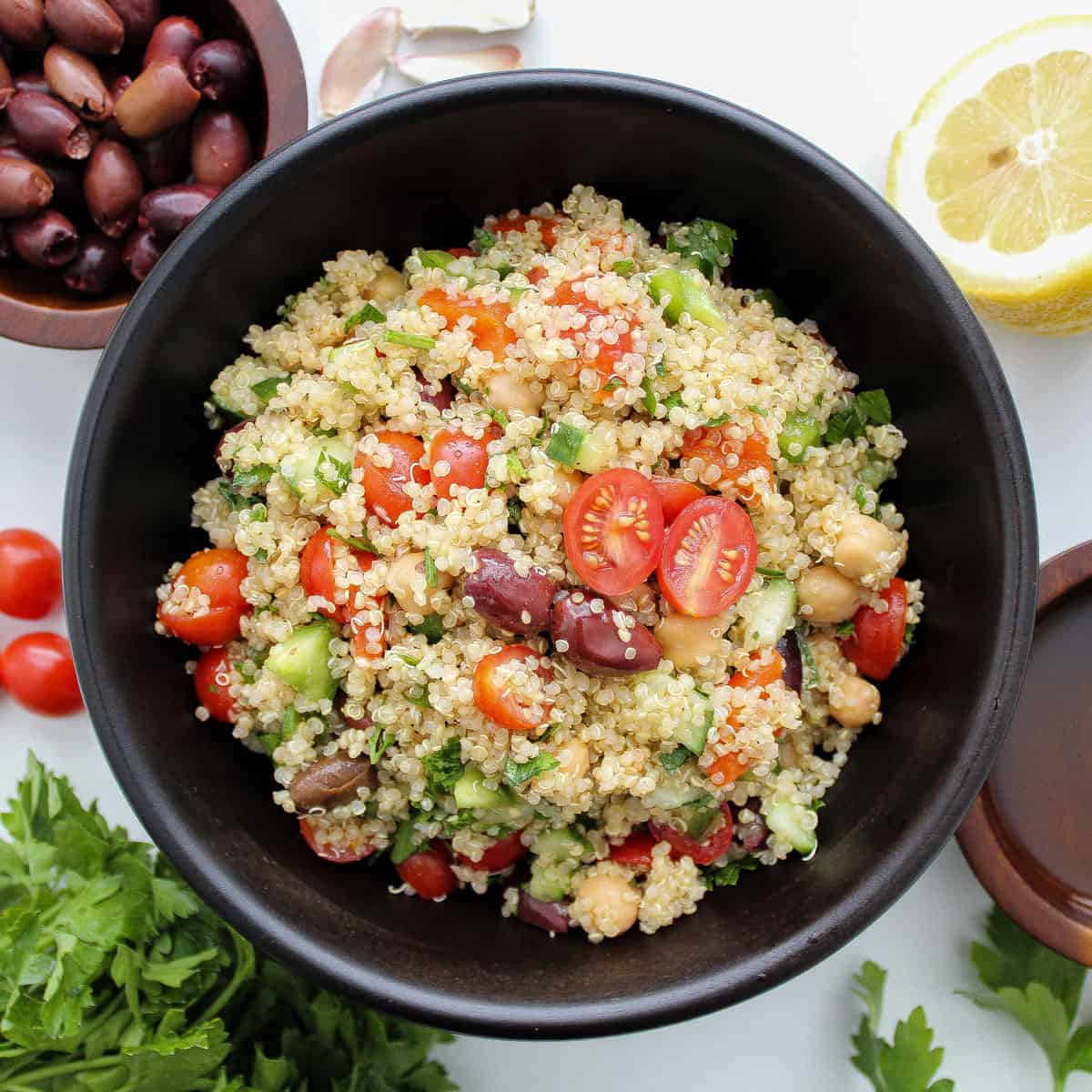
Recipes Using Barley
- Garden Garbanzo Bean & Barley Salad with Creamy Garlic Dressing
- Split Pea Soup with Barley and Butternut Squash
- Slow Cooker Beef and Barley Stew
- Southwestern Barley Salad
- Mediterranean Grain Bowl with Creamy Mint Dressing
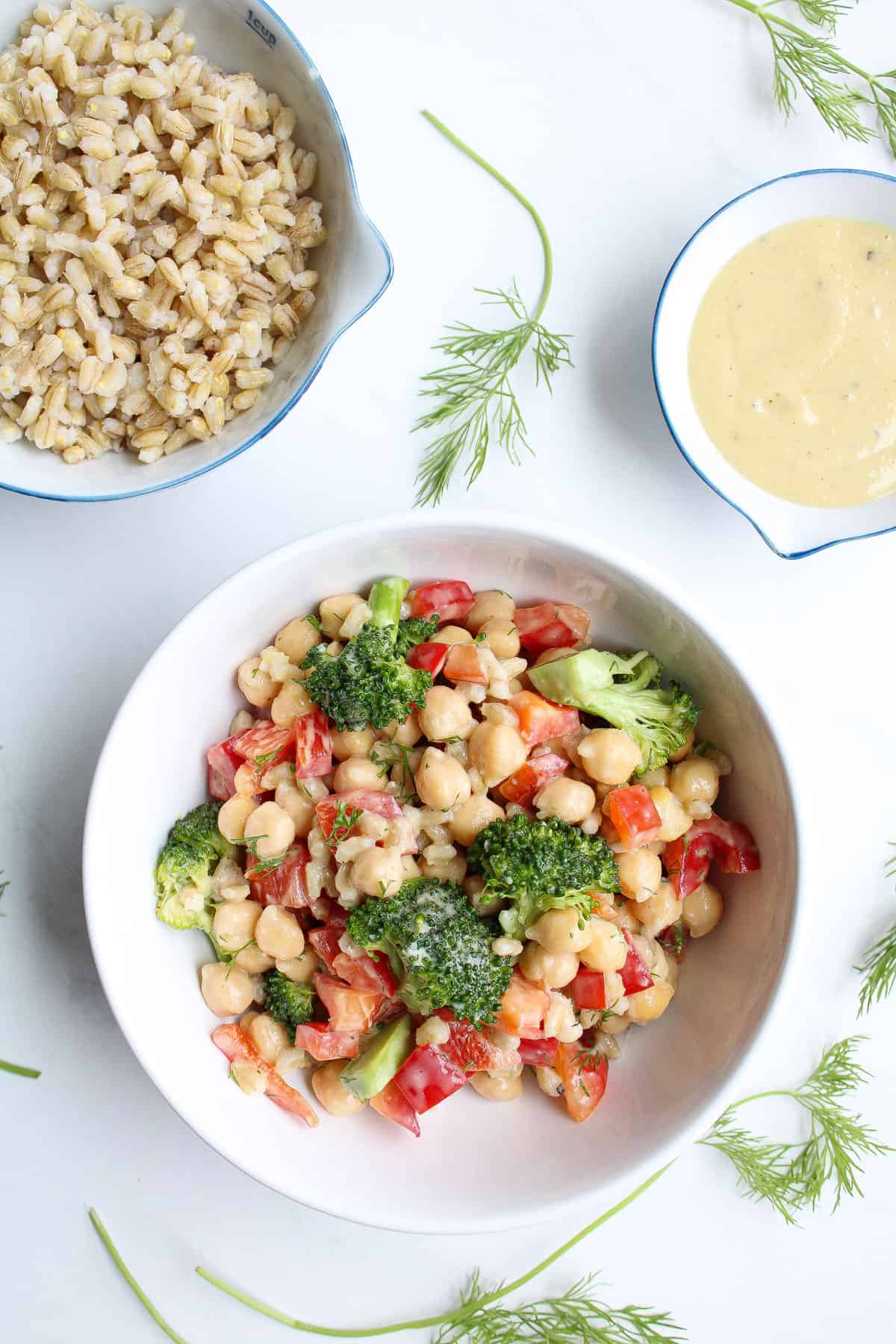
Frequently Asked Questions
Yes, you can! Just remember that the cook time will vary. Orzo only takes 8-10 minutes to cook, rather than 25-30 minutes. Some types of barley, like hulled barley, can take as long as 40-50 minutes.
Yes! Substituting barley may change the texture of the dish slightly, but it still acts as a great substitute. Keep in mind that the protein content of your dish won’t be as high if you substitute barley. Lentils are high in protein. One cup of lentils has almost 20 grams of protein!
Yes! I would recommend brown rice over white rice. Brown rice is similar in taste and texture to barley.
Yes! Barley is a great substitute for couscous. Just keep in mind the texture and cooking times will be different. Couscous will take 8-10 minutes to cook and has a softer, less chewy texture than barley.
Arborio rice is the best substitute for barley in risotto. Arborio rice is the traditional rice usually used in risotto. I would recommend using it over barley if you can.
Start by bringing a pot of water to boil. Pour the raw barley into the pot, reduce to a simmer, and cook for 25-30 minutes. If you’re using a substitute for barley, then adjust the cooking time. Once done, lay it on a cool baking sheet to cool to room temperature. Then add it to your grain salad.
You can use any kind of grain. Most companies process the many grains into flours that can be used in baking. You can go to your local grocery store and buy quinoa flour, oat flour, buckwheat flour, and many more. You can even take a stab at making your own oat flour in less than 5 minutes!
There are many unique substitutes for barley in desserts. You can use a variety of grain flours, such as buckwheat flour, oat flour, spelt flour, amaranth flour, and many more. You can even substitute some grains directly like old-fashioned oats.
Millet, brown rice, sorghum, quinoa, and buckwheat are all gluten-free and are all great barley alternatives.
Use barley alternatives as you would in non-vegetarian or non-vegan recipes. How you use these barley substitutes will also depend on the dish.
Yes, there are a variety of non-grain substitutes for barley, including quinoa and millet.
Oats, corn, rye, millet, teff, buckwheat, and sorghum are all great substitutes because of their higher starch content.
You should know that all grains will cook differently, and adjust your cook time accordingly. Reference the barley substitute cooking chart below to confirm the water-to-grain ratio, including the cooking method and cooking time. Know that grains that are chewier, or are less processed tend to cook longer.
Barley Substitute Cooking Chart
| Barley Substitute | Water to Grain Ratio | Cooking Method | Cook Time |
| Farro | 3:1 cups | Stovetop | 25-30 minutes |
| Buckwheat | 1.5:1 cups | Stovetop | 15-25 minutes |
| Old-Fashioned Oats | 2:1 cups | Stovetop | 5 minutes |
| Quinoa | 2:1 cups | Stovetop | 10-15 minutes |
| Bulgur | 1.5:1 cups | Stovetop | 20 minutes |
| Brown Rice | 2:1 cups | Stovetop | 45-55 minutes |
| Wild Rice | 3:1 cups | Stovetop | 40-45 minutes |
| Millet | 2:1 cups | Stovetop | 20-30 minutes |
| Sorghum | 3:1 cups | Stovetop | 40-55 minutes |
Check Out These Other Kitchen Guides
- Broccoli Rabe Substitutions
- 7 Non-Dairy Substitutes for Buttermilk
- How to Make Oat Flour in Less Than 5 Minutes!
- How to Roast Garlic in the Oven
Key Takeaways
Finding a substitute for barley doesn’t have to be difficult. There are a lot of whole grain varieties that can act as a great substitute. Farro, buckwheat, oats, quinoa, millet, and sorghum are just a few amazing substitutes you can keep on hand.
Overall, the best, most versatile substitute is farro. You’ll be able to use farro in many of your savory dishes because it has a similar taste and texture.
When it comes to finding the right substitute, don’t be afraid to make mistakes or try new things. Cooking is a forgiving process, and you’ll often find the best substitutes by experimenting.

Just remember, that your cooking times and methods may vary depending on the type of substitute you use. Bookmark this article, and reference the barley substitute cooking chart when you need to substitute barley.
If you found this article on barley substitutions helpful, I encourage you to check out my other Kitchen Basics articles and subscribe to my newsletter for more helpful cooking tips!


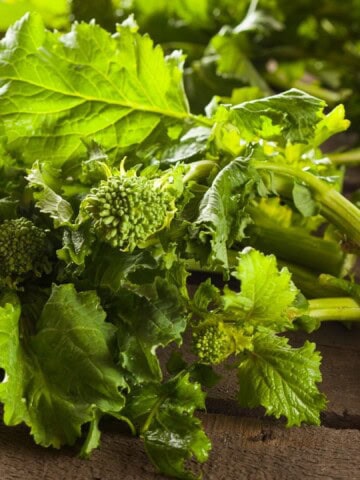
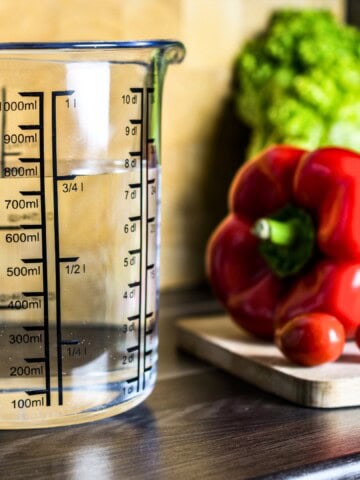

Comments
No Comments